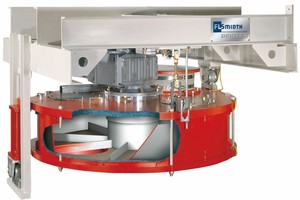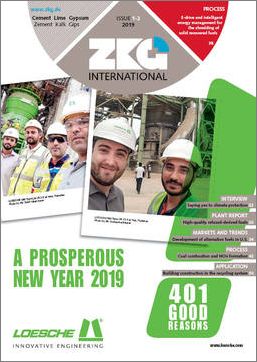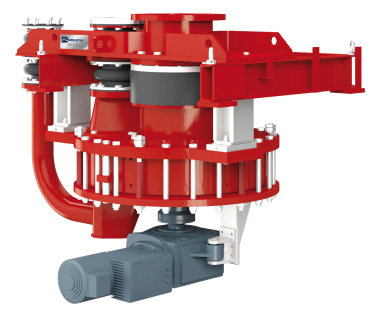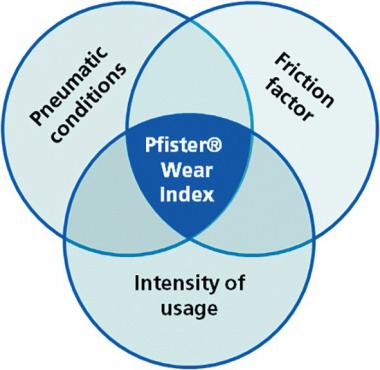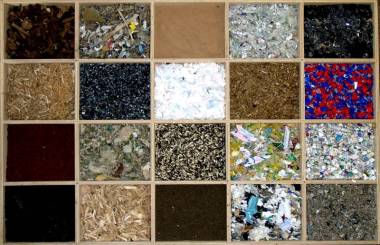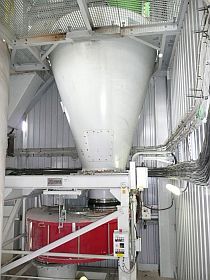FLSmidth introduces Pfister Plug and Play solution to ‘test drive’ alternative fuels
Introducing alternative fuels can be a challenge. Getting the approvals. Working out the right fuel mix. Even identifying the best fuel sources. The Pfister AF Starter Kit allows all this to be done without having to implement a complete production overhaul.
Change is in the air
Public concern over waste has never been higher. Climate change remains a priority topic for governments and citizens alike. As an energy-intensive industry, cement plants could significantly reduce their environmental impact by utilising alternative fuels, but it is not as simple as that. Alternative fuels bring significant challenges and unknowns.
What is the cost of switching fuels?
How will it impact our process and our cement quality?
What about local resistance to the use of AF?
How will we secure a quality AF supply that’s right for our process?
A low cost, low risk option for alternative fuels
The new Pfister AF Starter Kit gives cement plants the opportunity to answer these unknowns by offering a low cost, low risk Plug and Play solution. Now a ‘test drive’ AF utilisation and speed up of the permissions process can be made, while benefiting from speedy ROI, quick delivery, fast running time and easy maintenance.
The kit comprises:
Reception of the materials – choose either infeed hoppers or a docking station
Dosing using the renowned Pfister® TRW/S-D rotor weighfeeder
Pneumatic transport to the burner
Optional addition of the FLSmidth Jetflex® burner
Atex execution on request
Filter
Blower with acoustic hood
The system is designed for processed, pneumatically conveyable, alternative fuels
at a feed rate up to 6 t/h, or higher on request
Material handling, burning and dosing in one solution
The Pfister AF Starter Kit enables cement plants to utilize alternative fuels such as wood chips, rice husk and RDF without having to make changes to the plant structure. It is easily integrated into existing plants so the results can be seen quickly.
The optional addition of the Jetflex® Plus burner with rotatable jet air nozzles for maximum AF substitution gives the added benefits of increased fuel retention time, fuel flexibility, energy efficiency and low emissions. The TRW/S-D rotor weighfeeder guarantees reliable feeding based on decades of experience and more than 250 installations worldwide.
//www.flsmidthpfister.com" target="_blank" >www.flsmidthpfister.com:www.flsmidthpfister.com

